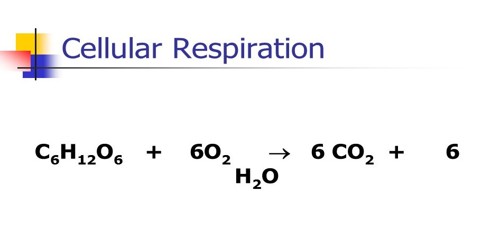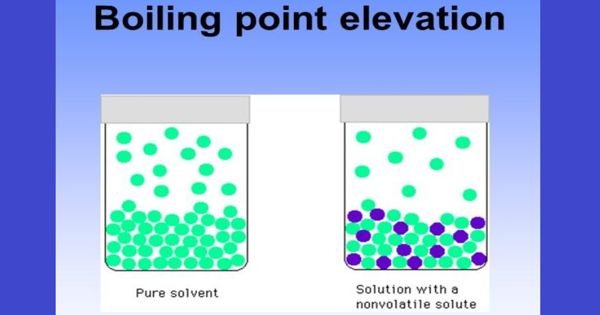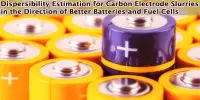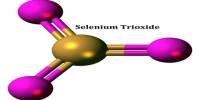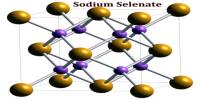Cellular respiration is what cells do to break up sugars to give energy they can use. It is one of the most elegant, majestic, and fascinating metabolic pathways on earth. This happens in all forms of life. Cellular respiration takes in food and uses it to create ATP, a chemical that the cell uses for energy. Organisms that do not depend on oxygen degrade foodstuffs in a process called fermentation.
Usually, this process uses oxygen and is called aerobic respiration. It has four stages known as glycolysis, Link reaction, the Krebs cycle, and the electron transport chain. This produces ATP which supplies the energy that cells need to do work. Carbohydrates, fats, and proteins can all be used as fuels in cellular respiration, but glucose is most commonly used as an example to examine the reactions and pathways involved.
When they don’t get enough oxygen, the cells use anaerobic respiration, which doesn’t require oxygen. However, this process produces lactic acid and is not as efficient as when oxygen is used.
Aerobic respiration, the process that does use oxygen, produces much more energy and doesn’t produce lactic acid. is characteristic of eukaryotic cells when they have sufficient oxygen and most of it takes place in the mitochondria. It also produces carbon dioxide as a waste product, which then enters the circulatory system. The carbon dioxide is taken to the lungs, where it is exchanged for oxygen.
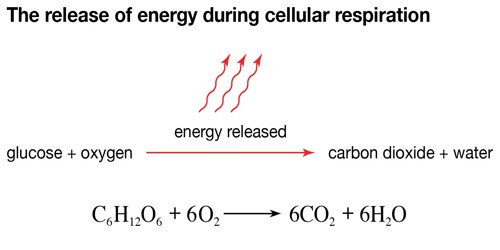
The simplified formula for aerobic cellular respiration is:
C6H12O6 + 6O2 → 6CO2 + 6H2O + Energy (as ATP)The word equation for this is:
Glucose (sugar) + Oxygen → Carbon dioxide + Water + Energy (as ATP)Aerobic cellular respiration has four stages. Each is important, and could not happen without the one before it. The steps of aerobic cellular respiration are:
- Glycolysis (the break down of glucose) – This step happens in the cytoplasm.
- Link reaction – Pyruvic Acid is shuttled into the mitochondria, where it is conveyed to a molecule called Acetyl CoA for further breakdown.
- Krebs cycle – occurs in the mitochondrial matrix, the liquid-y part of the mitochondria.
- Electron transport chain, or ETC – Occurs in the christie of the mitochondria, the folded membranes inside the chloroplast.
